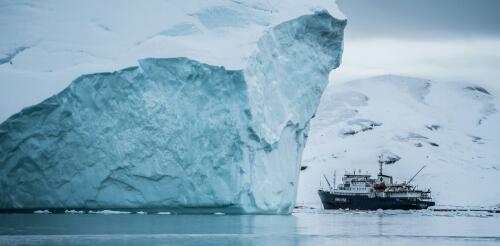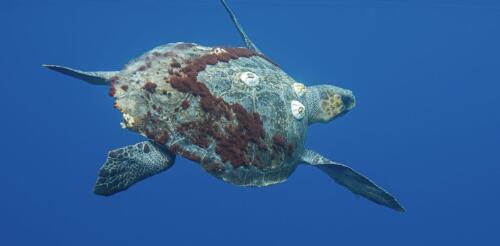Tropics
When people think about the risks of climate change, the idea of abrupt changes is pretty scary. Movies like “The Day After Tomorrow” feed that fear, with visions of unimaginable storms and populations fleeing to escape rapidly changing temperatures. While Hollywood clearly takes liberties with the speed and magnitude of disasters, several recent studies have raised real-world alarms that a crucial ocean current that circulates heat to northern countries might shut down this century, with potentially disastrous consequences. That scenario has happened in the past, most recently more than 16,000 years ago. However, it relies on Greenland shedding a lot of ice into the ocean. Our new research, published in the journal Science, suggests that while Greenland is indeed losing huge and worrisome volumes of ice right now, that might not continue for long enough to shut down the current on its own. A closer look at evidence from the past shows why. Blood and water The Atl...
“Shark!” When you hear this word, especially at the beach, it can conjure up images of bloodthirsty monsters. This summer, my colleagues and I are eager to help the public learn more about these misunderstood, ecologically important and highly threatened animals and their close relatives – rays and chimaeras. As a marine biologist focused on conserving sharks, I want people to know that an estimated one-third of them are at risk of extinction. Second, there’s an amazing variety of species in an astounding variety of shapes sizes and colors, and many of them get very little attention. Here is an introduction to a group of fishes that are at extremely high risk of extinction, and also delightfully weird: the rhino rays, named for their elongated noses. Scientists tag endangered sawfish off Florida’s west coast to identify and protect their habitats and educate the public about them. Motley shapes Rhino rays a...
Many of the ocean’s most charismatic animals spend their lives swimming, flying or gliding thousands of miles, from the coasts to the high seas. Arctic terns, humpback whales and sea turtles are examples. Scientists have spent many years documenting and studying these magnificent journeys. Chronicling where these species go is just the beginning. The next steps are understanding when and how far each animal travels and what triggers it to roam. We are a marine biologist and an evolutionary ecologist and have worked together to study the nesting and migration habits of endangered olive ridley sea turtles (Lepidochelys olivacea). This information is vital for managing the turtles’ recovery – but our research shows that two identical-looking olive ridleys may follow very different paths. Approximate range of olive ridley sea turtles. NOAA Protecting animals that move Mapping the s...


